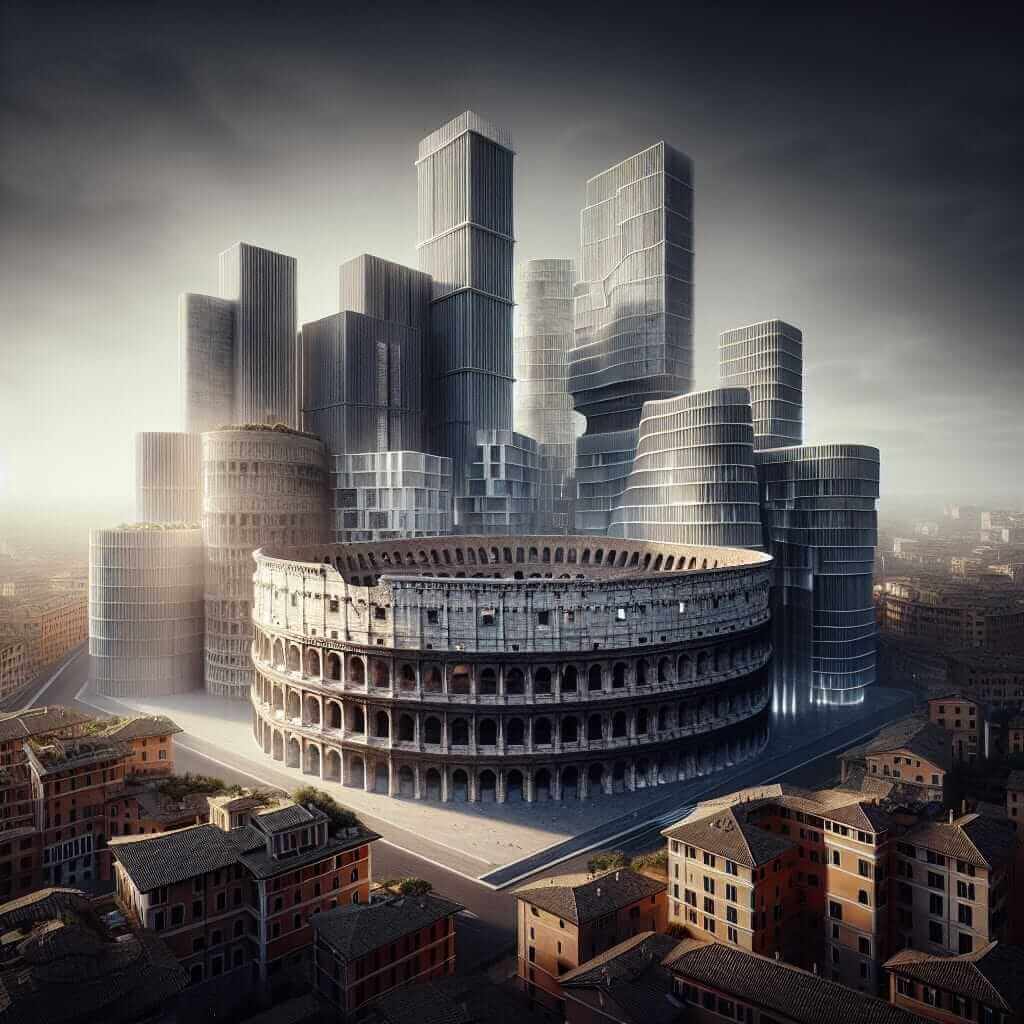The IELTS Reading exam tests candidates’ ability to understand and analyze written texts, covering a variety of topics. “Cultural heritage and contemporary society” is a prevalent theme that often appears in the IELTS Reading section. Understanding this theme not only prepares you for the test but also enriches your knowledge of how cultural heritage influences modern life.
Why This Theme Matters
In today’s globalized world, the interplay between cultural heritage and contemporary society is a topic of immense significance. It reflects on how traditional practices and monuments coexist with modern societal norms and advancements. Given its relevance, this theme frequently recurs in IELTS exams, making it crucial for candidates to be well-versed with it.
Sample Reading Passage and Questions
To help you practice, let’s dive into a reading passage on “Cultural Heritage and Contemporary Society,” followed by a set of questions.
Reading Passage
“Cultural Heritage and Modernity: Striking a Balance”
Cultural heritage encompasses the physical artifacts and intangible attributes inherited from past generations. It includes monuments, artworks, traditions, and knowledge – a rich tapestry that forms the backbone of human identity. In contemporary society, the preservation and integration of this heritage pose both opportunities and challenges.
The juxtaposition of ancient and modern elements is evident in cities like Rome and Beijing, where historical structures stand alongside modern skyscrapers. This cohabitation prompts discussions on urban planning, where preserving history must be balanced with accommodating contemporary needs.

Moreover, cultural heritage plays a significant role in education and social development. Institutions like museums and cultural festivals serve as educational platforms, igniting interest and fostering appreciation for diverse cultures. However, with the rapid advancement of technology, the methods of preserving and promoting heritage are evolving. Digitization projects, virtual museums, and online archives are making heritage accessible to a broader audience, thus ensuring its preservation for future generations.
Nonetheless, the influence of mass media cannot be overlooked. Through films, television, and social media, cultural norms and values are disseminated worldwide, sometimes leading to the homogenization of distinct cultures. The tension between maintaining cultural uniqueness and embracing global trends is a subject of ongoing debate.
In conclusion, the relationship between cultural heritage and contemporary society is complex and multifaceted. While preserving our heritage is crucial for maintaining our identity, it is equally important to adapt to modern contexts and technologies. The future of cultural heritage lies in striking a delicate balance between reverence for the past and openness to innovation.
Questions
Multiple Choice
-
What does the author imply about the role of technology in preserving cultural heritage?
a. It is detrimental to cultural uniqueness.
b. It makes heritage accessible to more people.
c. It replaces traditional preservation methods.
d. It is not widely accepted in the heritage sector. -
What challenge is associated with urban planning in the context of cultural heritage?
a. Funding for preservation projects.
b. Balancing historical preservation with modern needs.
c. Educating people about heritage.
d. Integrating digital information.
True/False/Not Given
- The passage states that all cities integrate historical structures harmoniously with modern buildings.
- According to the passage, museums are the only institutions that play a role in cultural education.
- The tension between cultural uniqueness and global trends is a new phenomenon brought about by the internet.
Answer Keys and Explanations
-
(b) It makes heritage accessible to more people.
- The passage discusses how digitization projects and online archives are making heritage accessible to a broader audience.
-
(b) Balancing historical preservation with modern needs.
- The passage mentions the need to balance preserving history with accommodating contemporary needs in urban planning.
-
False.
- The passage provides examples of cities with historical and modern elements but does not imply that all cities achieve this harmoniously.
-
False.
- The passage mentions museums and cultural festivals as educational platforms, indicating that multiple institutions are involved.
-
Not Given.
- The passage discusses the tension without specifying that it is a new phenomenon or solely due to the internet.
Common Mistakes to Avoid
- Overlooking Key Details: Pay close attention to specific details in the passage that may influence your answers.
- Guessing Without Reasoning: Base your answers on information from the passage rather than assumptions or prior knowledge.
- Ignoring Keywords: Keywords can help locate relevant parts of the passage efficiently.
Vocabulary and Grammar Focus
Vocabulary
- Preservation (n) – /ˌprɛzərˈveɪʃən/: The act of maintaining something in its original state.
- Juxtaposition (n) – /ˌʤʌkstəpəˈzɪʃən/: Placing two elements close together for contrasting effect.
- Homogenization (n) – /həˌmɑʤənɪˈzeɪʃən/: The process of making things uniform or similar.
Grammar
- Relative Clauses: Understand how to use relative clauses to add essential or non-essential information.
- Example: “Cultural heritage, which includes traditions and knowledge, forms the backbone of human identity.”
- Passive Voice: Often used in formal writing to focus on the action rather than the subject.
- Example: “Heritage is being preserved through digitization projects.”
Tips for Achieving a High Reading Score
- Practice Regularly: Consistency is key in improving reading skills.
- Enhance Vocabulary: A strong vocabulary will help you understand complex texts more easily.
- Time Management: Practice under timed conditions to get used to the pace of the exam.
- Read Widely: Engage with a variety of texts to build comprehension skills.
By focusing on these strategies and familiarizing yourself with common themes like “Cultural Heritage and Contemporary Society,” you’ll be well-prepared to excel in the IELTS Reading section.